About five years ago, I watched part of a short animated film entitled The Man Who Planted Trees. It is the most lovely short French film (an English version can be viewed here) and it tells the story of a man in an early 20thC European Alpine valley that was desolate and empty of life and this man starts to plant trees. Millions of them until decades later, it is a pristine and “lost” paradise.
Because of the nature and spirit of the film, lots of people assume it is based on a real story but it isn’t. Sadly I have only seen the film once and never caught it again though I am going to watch the video link above right after writing this blog.
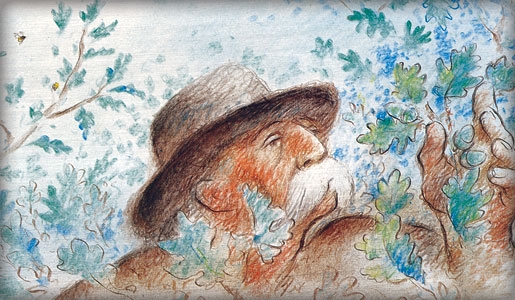
I don’t know about anyone else but I have always liked trees. It doesn’t matter what sort of trees. They are all nice in their own way. Trees are almost like guardians that can span through the ages and connect us with people and times past and the trees we plant now will still be here centuries or even millennia in the future.
Trees can be used for industrial purposes, for aesthetics or for nature. I remember when I was very young, we would drive to my Grandmas high in the north Pennines and we would see the vast forests of conifers and pines all grown just for logging and every year, new areas would be felled and new areas would be planted. They used pines not just because they were best for industry but because they are the only trees that can cope with the months of snow and sub-freezing weather. On the outside they looked green but on the inside they were black and foreboding and it was easy to think of how scary they must have been when there were wild wolves and bears around.
Sometimes a line of pine trees would be planted to create a wind break and on the sheltered side of the trees a garden would be able to plant warmer species of trees and and flowering bushes that would otherwise not be able to survive.
A few years ago I went to a corner of Cornwall in SW England known as the Lost Gardens of Heligan. Aided by the milder climate, they use British trees to create shelter enough that they can grown full size banana trees, oranges, lemons and dates all out in the open, in England!
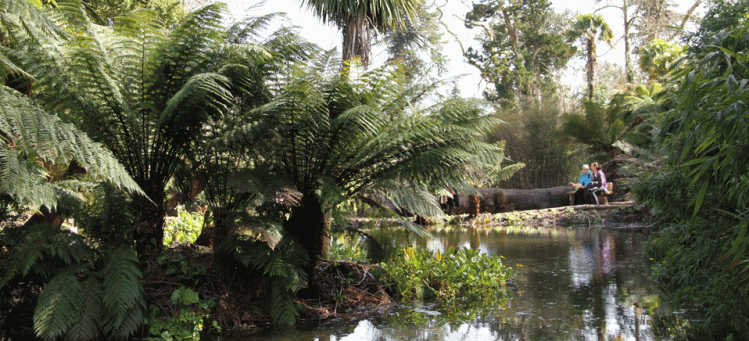
I do similar on a much smaller scale in my back garden which I’ll write about on my next blog.
Trees also help the environment and create a biosphere which attracts and sustains all manner of insects and animal life. I remember when I was at Uni, I read about a Sultan in the Persian Gulf who planted millions of trees and succeeded in changing the climate of his tiny island enough to bring extra rainy days and slightly lower temperatures and I thought that was quite amazing.
Today work is going on an even more epic scale across Sub-Saharan Africa. It builds on the work of many earlier projects and people such as Wangari Maathai who as well as advancing women’s rights in parts of Africa also led projects to plant trees by their millions.
On Sunday I read about an Australian missionary by the name of Tony Rinaudo who had travelled to Africa and after much hard work neither he nor the locals had succeeded in improving their crop yield and any trees they planted would quickly die despite numerous attempts. Then he had a dream which he claims showed him the way to proceed. That part of Africa is full of scrubby green weeds that farmers would cut so that they wouldn’t interfere with their crops.
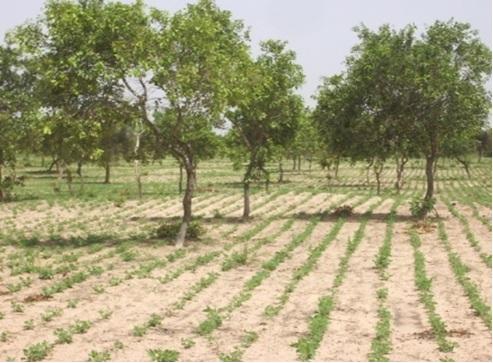
It ended up that these weeds were actually the remnants of ancient historic woods whose root systems still were active and survived from the underground water. These weeds were usually quickly eaten by cattle or used as firewood by the desperate locals. By letting the strong stem of these weeds grow, in a few short years tall and fast maturing trees would grow. These trees began to hold the soil together and attract insects and animals and their decaying matter fertilised the soil. The local farmers began sowing crops in between trees and the amount of crops they yielded went through the roof.
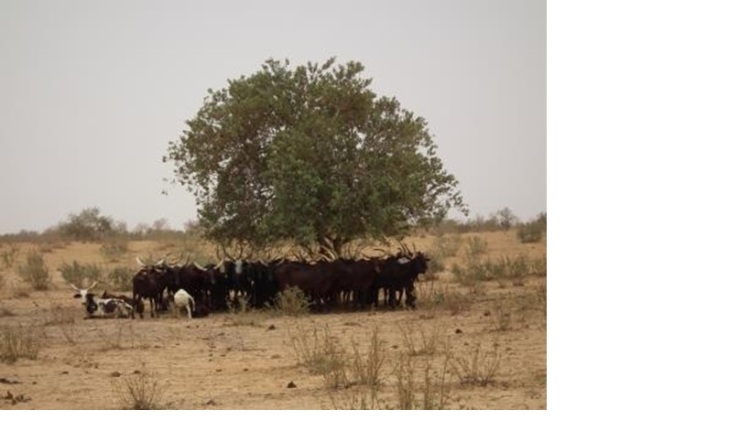
It’s hard to underestimate just what a difference some shade can make on the edges of the Sahara desert. The difference of ground temperature between the sun and the shade can be 35 degrees Celsius (about 95 degrees Fahrenheit).
Now 200 million trees have been regenerated covering 5 million hectares of Niger with enough extra grain being grown to feed 2.5million people. Satellite pictures can be seen that highlight the re-greening of Africa in nearby Mali and Senegal.
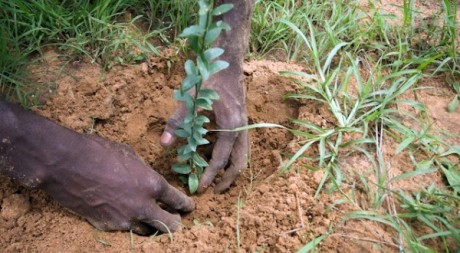
This is very important when you consider that an area 3 times the size of Switzerland is lost to desertification not just in Africa but many others include China, Australia and the USA.
Farmers across southern Africa, India and other places are returning to more natural ways of farming and boosting food production and their water harvests. Importantly all the new trees being planted in Africa can take 30 tonnes of CO2 out of the atmosphere for every hectare planted.
Perhaps the greatest project currently under-way is The Green Wall of Africa. This is am ambitious project that involves planting a wall of indigenous trees across the Sahel from the Atlantic Ocean in the west to the Indian Ocean in the east. The green wall will take decades to reach maturity but it is already transforming lives in the villages along the route. It is hoped that with multinational support, lots of money and even more effort that finally the sands of the Sahara can be reversed. If one Sultan can change the climate on a tiny island then imagine what a big change all these trees can make to Africa and the world.
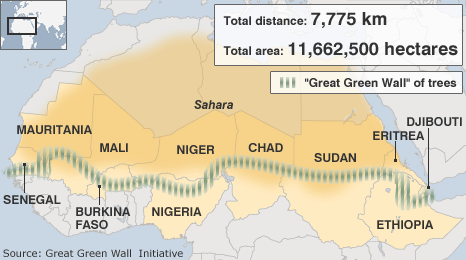
This is all part of the transformation of Africa which ironically in some way will add to the burden on the planet already as the final continent finally reaches a comparable life-style to which many of us have enjoyed for centuries. Will we have to lower our lifestyles or will technological advances along with a finding a way to live more in tune with our planet (as these African farmers have done) continue to mean we can all live in a modern, green paradise.
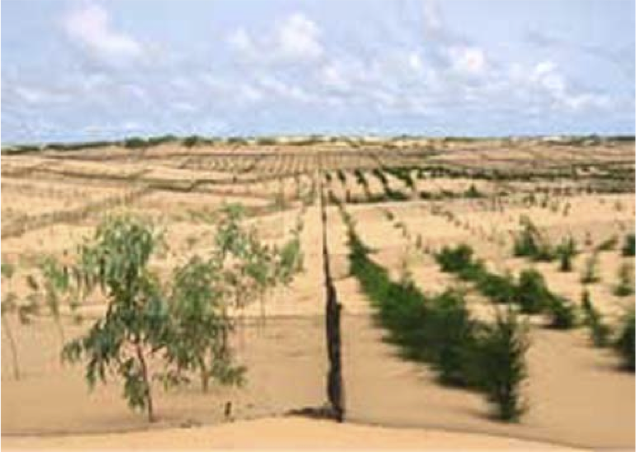
I remember in the 1980’s the only reason Africa would be on the news was because of countless famines and droughts and non-stop wars. There were the BandAid concerts organised by Bob Geldorf and the famous “Do They Know Its Christmas” which for decades seemed the most fitting Christmas tune but now is out of date for much of Africa although it is still a good Christmas song.
Places like Ethiopia that were the focus of everything that was wrong and hopeless about Africa have been re-greened in similar ways and now streams and rivers that have been dry for decades are once more flowing with water.
Many of the investments and international projects started in the 80’s and 90’s are now seeing results. It helps also that many of the African dictators that once ruined the continent are largely gone. There is still corruption but there is democracy too. The new technologies mean that impoverished nations that had no chance of laying telephone lines across the country now don’t have to. They can have wireless internet, mobile phones and clockwork radios.
There are many African success stories, cities are emerging with modern sky-scrapers and African nations and companies are much less reliant on foreign aid. However, much more than everywhere else, the population of Africa is still largely a rural one and it is for their sake and ours that we should hope The Green Wall of Africa will be a success. I am sure that 89 year old Frederic Back would be thrilled.
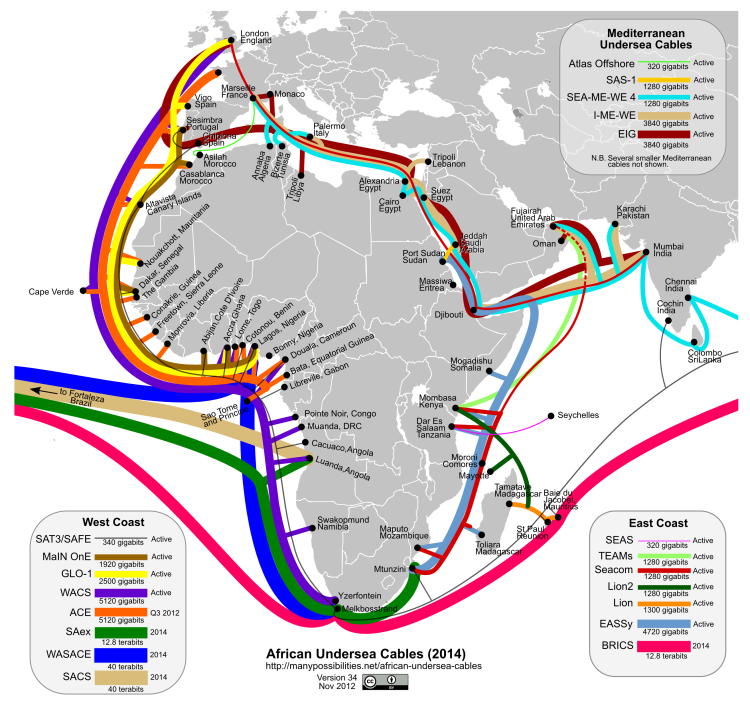
Let’s hope that once developed, they do a better job of looking after the planet than what we have done.
Reblogged this on Adithya Entertainment.
LikeLike
Amen, Stephen. Great post!
LikeLike
Thank-you!
LikeLike
Lovely informative post!
LikeLike
Thanks a lot!
LikeLike
I heard about the line of tress across Africa on the BBC documentary ‘Rise of the Continents’.
It’s a fascinating idea. Trees are wonderful in so many ways. And so are the people who work hard with them.
LikeLike
Although hard work, it must be very fulfilling to work in a project that is going to genuinely change peoples lives for the better, now and for years to come.
Thanks for your comment.
LikeLike
Trees have been a special part of growing up. My grandparents had a beautiful garden with coconut trees, guava trees, custard apple, drumstick, curry leaves you name it. Grandma always touched them and spoke to them… She was heartbroken when my uncle cut down the whole garden to build an apartment building. I will never forget the look on her face. We live in UAE now in an apartment and I try to raise as many plants on out balcony. I have no idea what I’m doing. Just planted some jasmine, a mulberry shrub, a dwarf banana. They seem to get along ok 🙂 My prayers and love go out to all working on projects to save trees!
LikeLike
Loved this animation. Loved the story and its message even more. Our Rotary eClub of Greater Melbourne is participating in a tree planting on August 18, 2013. We are combining with clubs from District 9810 for this event in Beauford, Victoria, Australia. Our eClub is on Facebook and the web if you would like to know more. New members from anywhere around the globe are welcome.
http://rotaryeclubgreatermelbourne.org.au/
Suzanne. Club Service Chair.
LikeLike
Thanks for your comment. I am glad that you enjoyed the animation and its very special message. Your tree planting day sounds like a great event. I hope that you have fun, they are replanting a forest just a few miles from me which I think is great. I will definitely look up your club but in the meantime, I hope it all goes well for you.
LikeLike
Reblogged this on chandleur and commented:
The world is getting new lungs with such ventures
LikeLike
Je trouve le projet de la “Grande muraille verte” génial…c’est l’avenir de la terre, de la vie sur sur terre! J’aimerais tellement que cela aboutisse! Merci pour votre partage.
LikeLiked by 1 person